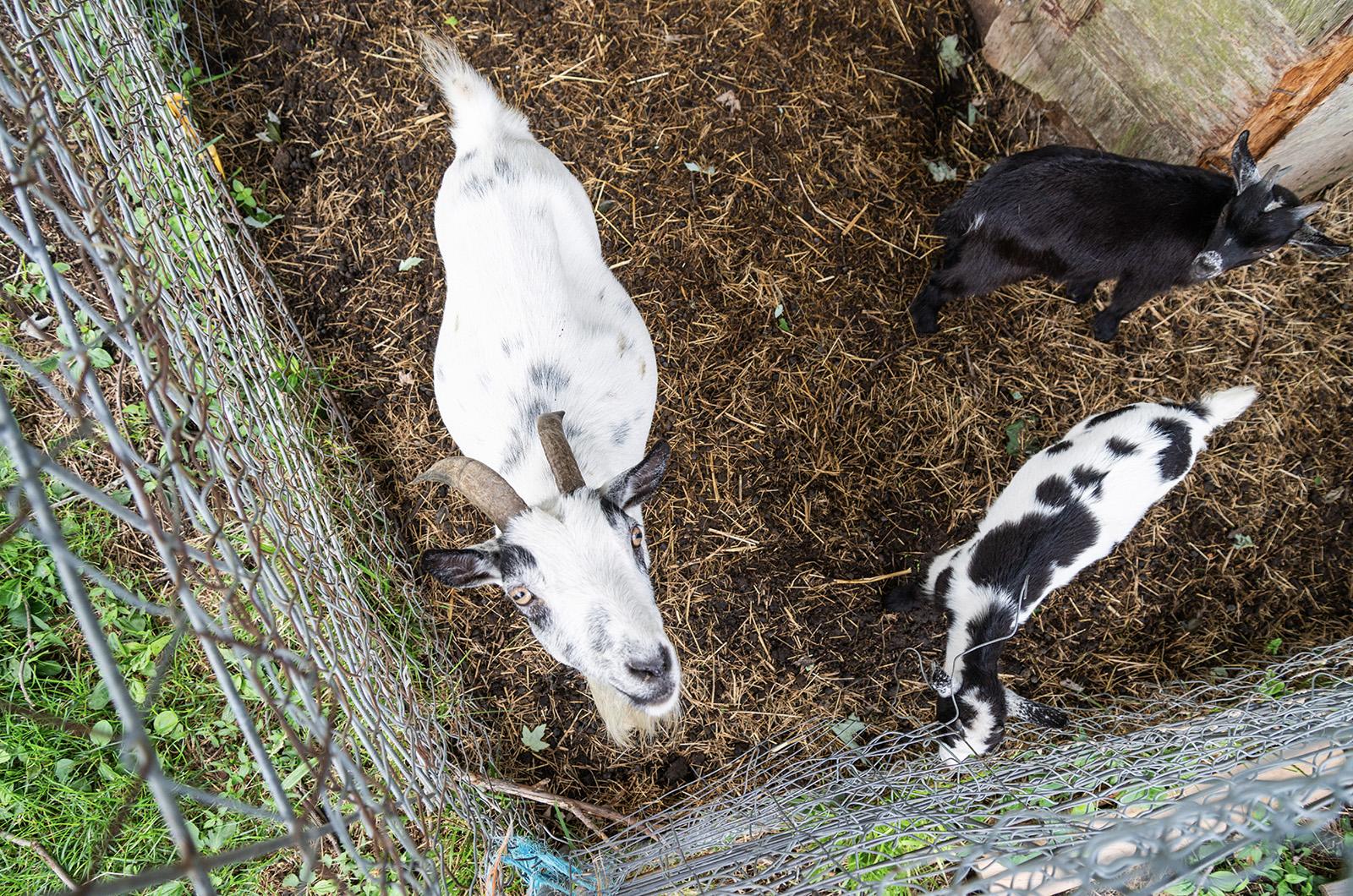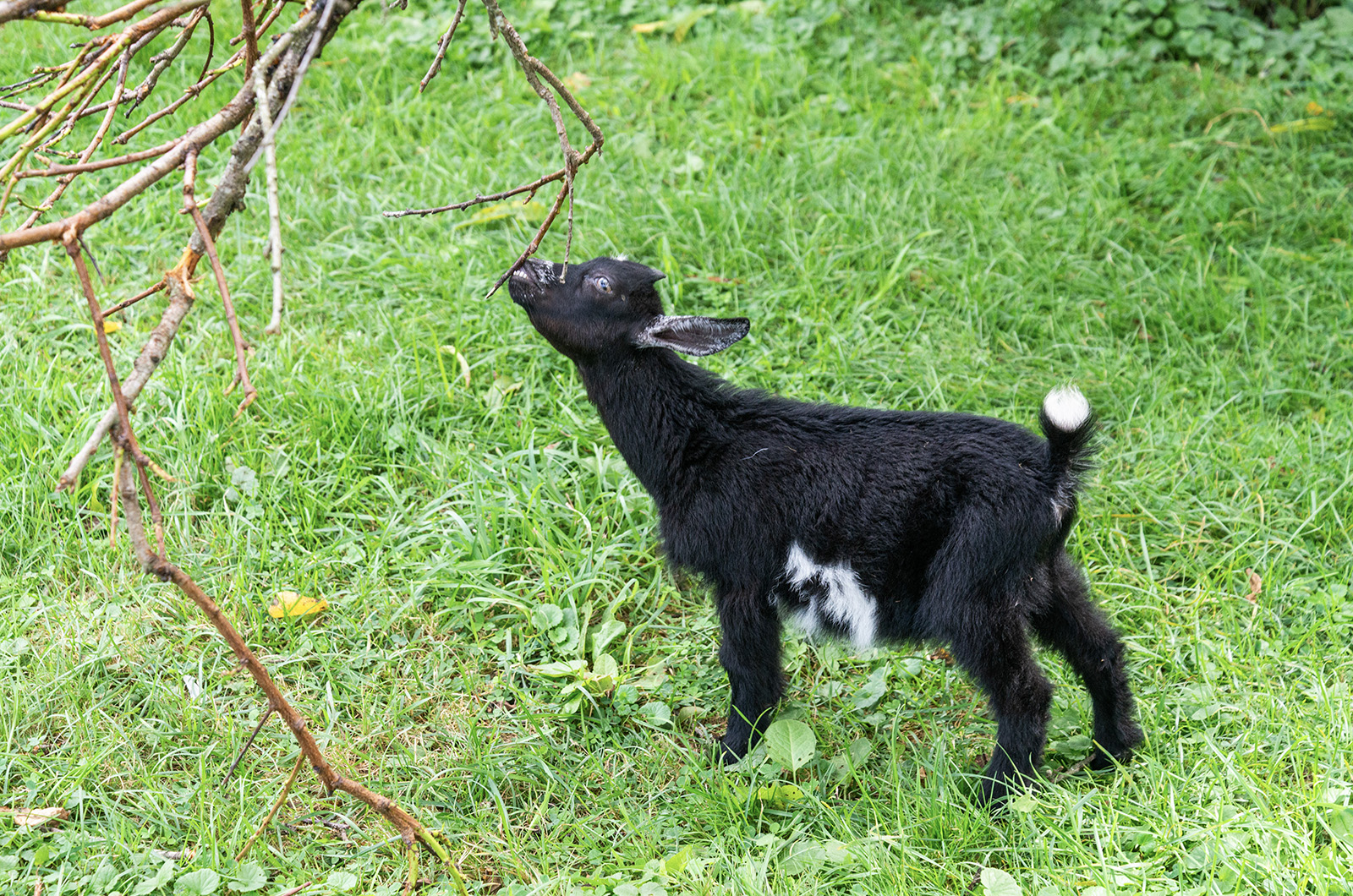In this time of summer hustle, as the harvest of high-season gardens abound, I find my mind often turning to the subject of manure.
The above statement may seem incongruous to the season, so allow me to explain. On a recent visit with West Tisbury gardener and longtime Agricultural Fair judge Tom Hodgson, the topic of legendary Island farmer and much-decorated fair competitor Paul Jackson arose.
“One time I was cleaning up after the fair, Paul Jackson was walking out with his usual load of ribbons,” Mr. Hodgson recalled. “I admired a red onion that he was was carrying . . . . It was as big as a baby’s head.”
Hoping to glean some of the late Mr. Jackson’s garden fertility secrets, Mr. Hodgson asked for his strategy.
“He told me, ‘On my half acre garden last year, I put 50 tons of horse manure,’” Mr. Hodgson recalled.
Turning to his own garden, liberally supplemented with manure, Mr. Hodgson explained: “With gardening, after you make the soil, the plants are almost an afterthought.”
Rebecca Gilbert of Native Earth Teaching Farm shares this manurial enthusiasm.
“It is one of the favorite topics of the farmer,” she said. “That’s why the farmers are always seated together at dinner.”
Native Earth certainly has no shortage of the stuff, between their many goats, chickens, ducks and geese (along with a couple of pigs and a lone guinea hen). When it comes to manure, though, not all animals are the same.
Farmers categorize manure type on a sliding scale, from hot to cold. The “hottest” manure, that of poultry, has the highest concentration of nitrogen, and applying it directly onto crops is liable to “burn” the plants. “Colder” manure, like that of goats, is less nitrogen-dense.
The reason behind the difference in manure character, Ms. Gilbert said, comes down to the mammalian digestive process.
“Goats have four stomachs, and the first one is a fermentation chamber,” she said.
By the time a meal passes through their incredibly thorough gastrointestinal tract, she said, few nutrients are left on the table, and the resulting manure is mostly fiber. Poultry waste, on the other hand, is the product of cursory digestion, and therefore has more nitrogen.
Still, what the goats lack in nitrogen, they make up for in volume.
“They are little manure machines,” Ms. Gilbert said, while surveying the mother-and-baby goat enclosure on the farm. She was on the lookout for a particularly troublesome baby, Buster. As the runt of the litter, Buster has recently learned that his small stature allows him to escape through small holes in the pen.
“We call him our fence inspector,” she said.
After ensuring that Buster remained in the enclosure, Ms. Gilbert strolled over to the farm’s compost pile, the secret to their manuring success.
“There’s a lot of things that can go wrong using manure. And a lot of those things can be avoided by running it through the compost first,” she said.
The microbial processes at work in the compost pile mellow out the more caustic elements of manure, while also killing pathogens and plant pests that might be present. In combination with landscaping waste and plant material, Ms. Gilbert said, they produce some of the most coveted compost on-Island.
“Our compost has its followers,” she said, and some years it even has a waitlist. Selling the product also gives them “a cash crop in early spring, when you really need it.”
The pile also serves as a powerful metaphor for the no-waste attitude of the farmer, the point at which the loop is closed. Quoting the environmentalist Rachel Carson, Ms. Gilbert explained the sentiment: “How can we throw things away? There is no away.”








Comments (4)
Comments
Comment policy »